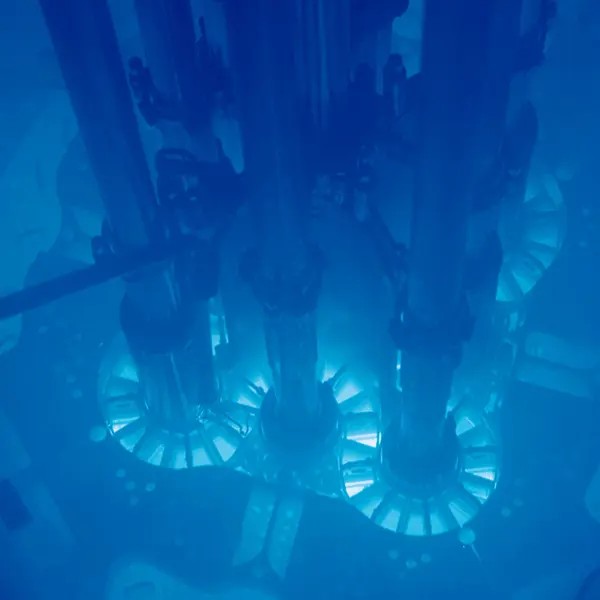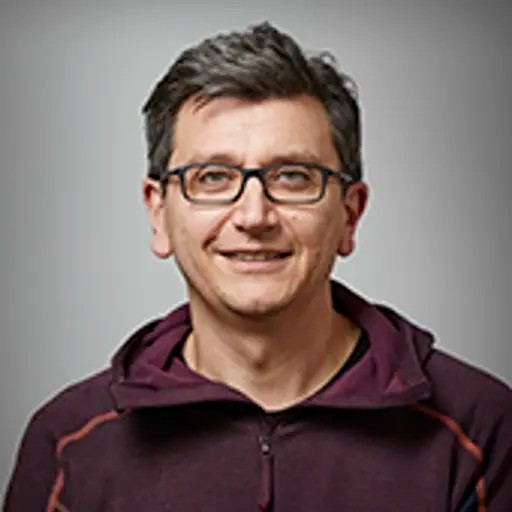Research and teaching activities in reactor physics, modelling and safety are pursued along two main tracks, computational nuclear reactor physics and safeguards and core diagnostics.

Computational nuclear reactor physics
The group gathers expertise in computational methods for neutron transport, fluid dynamics and heat transfer applied to current and next generation nuclear reactors. The aim of the research is to develop beyond state-of-the-art modelling and numerical techniques to be used in future simulation platforms. Different situations are targeted, such as static reactor conditions, transient scenarios for reactor safety analysis, and stationary fluctuations for nuclear system monitoring.
Safeguards and core diagnostics
The group conducts research and development in theoretical and numerical methods, signal processing and detectors and detection methods applied to nuclear safeguards and diagnostics. The research in reactor diagnostics goes on two lines. Partly, development of new diagnostic methods for anomaly detection and surveillance of both traditional and new generation reactors, in particular Molten Salt Reactors; and partly, application of the developed methods in concrete problems at operating Swedish plants, mainly in a collaboration project with the Ringhals plant. The aim of the research in safeguards is to develop and apply methods to identify and quantify special nuclear materials, both hidden sources and spent fuel, with non-intrusive methods.
History of the group
Activities in nuclear engineering were formally established in Chalmers in 1960/61, when the Department of Reactor Physics (“Institutionen för Reaktorfysik” in Swedish) within the School of Physics was founded. The activities were driven by Professor Nils Göran Sjöstrand, supported by Associate Professor Gudmar Grosshög.
Those activities revolved mostly around reactor and neutron physics. Experimental activities also represented a substantial part of the efforts, with an in-house stationary 14 MeV neutron generator.
In 1991, Professor Imre Pázsit took over the Chair in Reactor Physics. Through his impulse, the activities greatly diversified to also include core diagnostics and monitoring, safeguards, thermal-hydraulics, and positron physics, among others. Today, the research activities essentially cover core/reactor physics and thermal hydraulics of traditional and next generation nuclear reactors, multi-physics and multi-scale modelling of nuclear systems, reactor diagnostics and nuclear safeguards.
Contact
- Full Professor, Subatomic, High Energy and Plasma Physics, Physics
- Associate Professor*, Subatomic, High Energy and Plasma Physics, Physics

